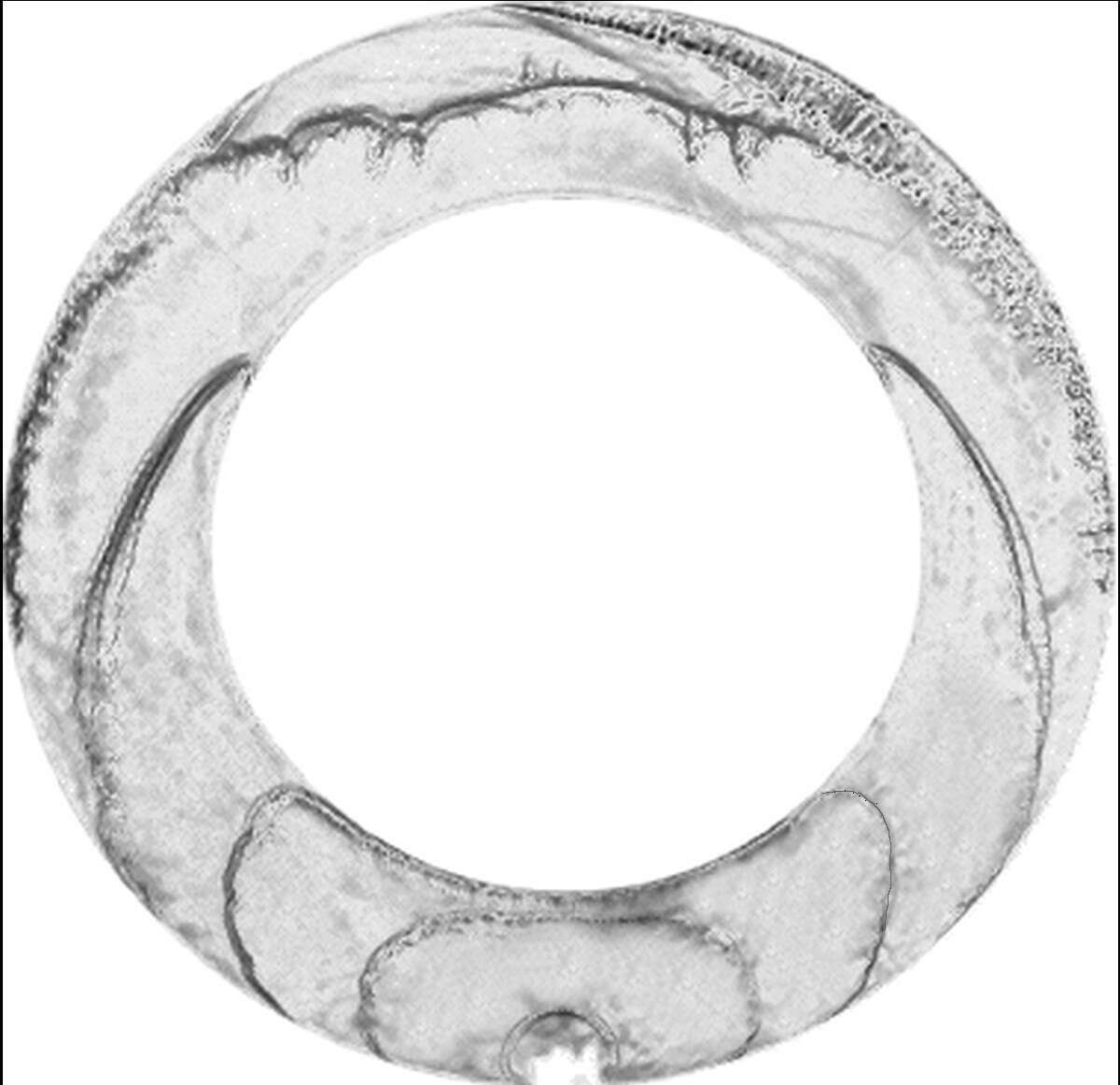*E-mail: kuznetsov@kit.edu
The ignition, flame propagation with a flow ahead of the flame, shock waves generation with turbulent boundary layer behind the shock is the sequence of principal events leading to the deflagration onset in smooth channels. A specific effect of geometry connected with boundary layer phenomena, turbulent flow generation and shock-flame interaction might also be of great interest for the deflagration-to-detonation transition (DDT). An experimental and numerical study of detonation propagation in an annular structure was recently investigated with respect to rotating detonation engines [1-2]. A possibility of hydrogen combustion and then detonation in torus geometry was numerically analyzed for safety purposes of ITER fusion reactor [3].
An experimental study of DDT phenomena in torus geometry will be presented in current work in order to demonstrate an effect of gasdynamics on flame acceleration and detonation onset. The effects of solid surface curvature depending on width of the channel was investigated for hydrogen-oxygen mixtures close to stoichiometry (50-70% Vol. H2) with respect to flame stretching and flame acceleration leading to DDT. The advantage of torus structure is that since the flame preferentially propagates along the solid surface due to an effect of boundary layer, the flame may have an additional stretching because of different curvature depending on the difference external and internal radius of co-axial annular solid surfaces. The flame stretching leads to flame instability and dramatic increase of flame surface which in turn results in rapid flame acceleration compared to a linear geometry. Additional factor promoting the flame acceleration and DDT is the co-flow of non-reacting material in between the flame surface and external wall producing a turbulent boundary layer within the pre-compressed and preheated zone where the flame can efficiently accelerate to sonic speed and then to detonate. Figure 1 shows an example of flame front and the DDT phenomena looking as a “knife” structure.

Figure 1: Flame dynamics and DDT in torus geometry: 5-cm channel, 50%Vol. H2-O2 mixture.
The picture shows a dynamics of flame shape in different moments starting from the ignition at the bottom position. Semi-spherical flame shape in the beginning transforms to a wedge shape with a leading point at the internal surface. A flow ahead the flame generates a turbulent boundary layer in vicinity of external surface. Due to the increasing pressure and temperature of unreacted material the flame may rapidly be accelerated within the boundary layer with formation of a “knife” structure of the flame propagating with a velocity of the order of 600-800 m/s. The feedback between precursor shock and the flame will then lead to detonation onset. Because of counter flow of the flames propagating in both directions and rotating advanced shock waves it also might be a multiple shock – flame interaction with formation of Richtmyer–Meshkov instability promoting the flame acceleration and the DDT.
Very specific effects of torus geometry connected with boundary layer phenomena and shock-flame interaction is analyzed in current work. The effects of the channel width from 1 to 5 cm on flame acceleration and an efficiency of DDT are also investigated. It will also be demonstrated that detonation preconditioning history, starting from the ignition, plays an important role on the success of the detonation transition. For instance, a recently developed concept of flame acceleration within a boundary or shear layer leading to detonation transition will for the first time be presented. The main idea of this work is to accumulate still unresolved key aspects of the DDT mechanism to be analyzed experimentally and theoretically for the nearest future.
References
[1] Kindracki, J., P. Wolanski, and Z. Gut. 2011. Experimental research on the rotating
detonation in gaseous fuels-oxygen mixtures. J. Shock Waves, 21(2):75.
[2] Hishida, M., T. Fujiwara, and P. Wolanski. 2009. Fundamentals of rotating detonations. J. Shock Waves, 19(1):1
[3] R. Redlinger et al. 3D-analysis of an ITER accident scenario. 2005. Fusion Engineering and Design, 75-79 : 1233–1236

